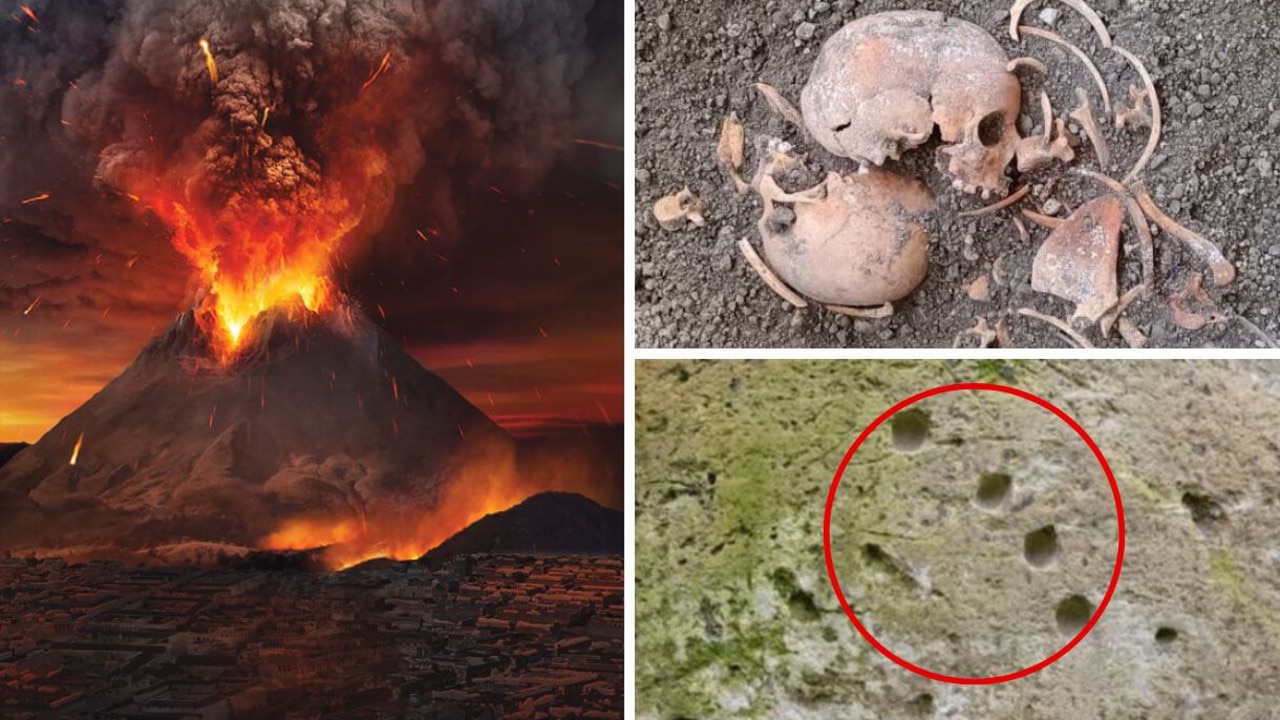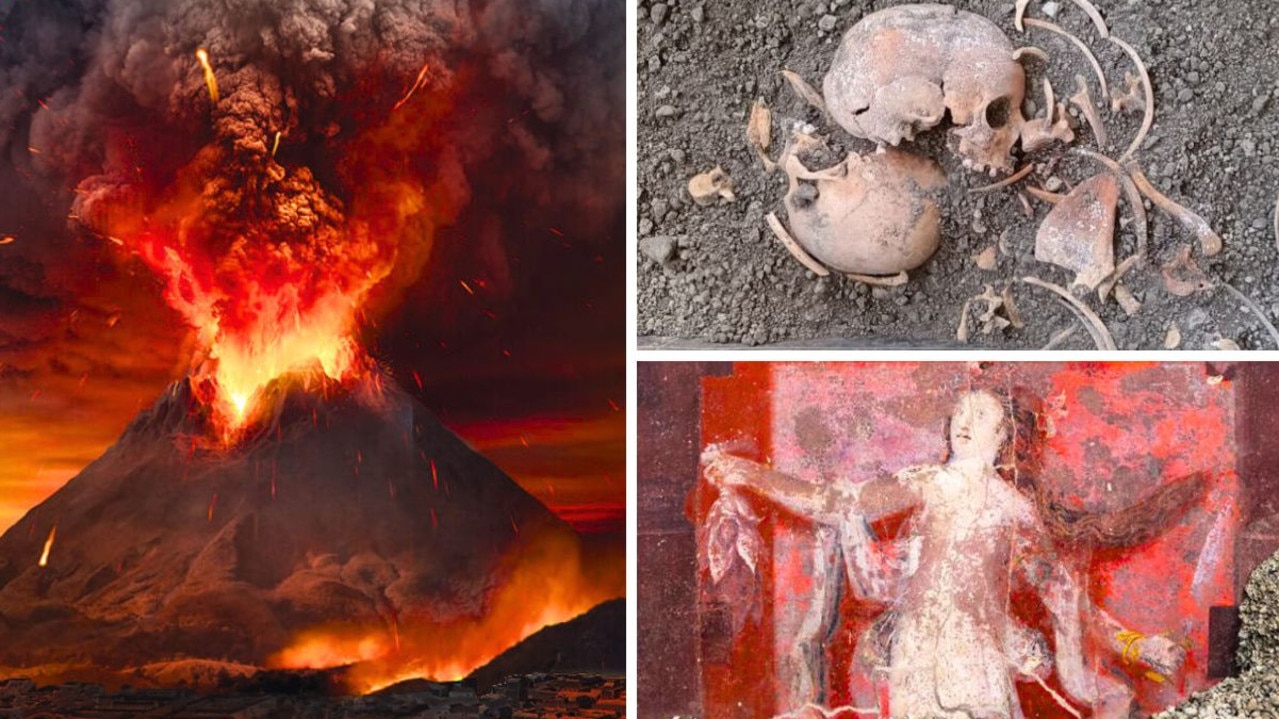New Pompeii discovery reveals the tragic true extent of human suffering
A chilling new discovery at the site of Pompeii reveals the tragic true extent of human suffering 2000 years after the disaster.
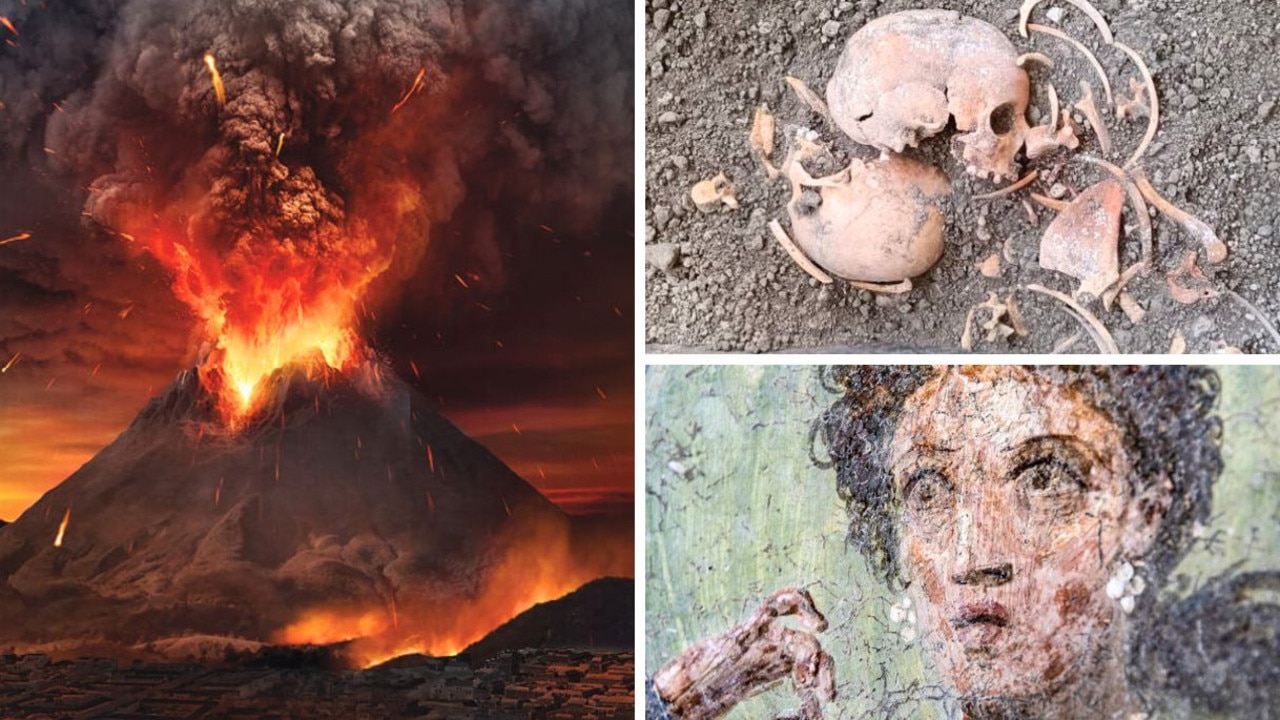
There has been a chilling new Pompeii discovery that has revealed the true horror of the volcanic explosion.
For one local Italian family, it was a day just like any other.
Food was being prepared in the kitchen. A young boy played in the atrium. The father inspected the progress of his home’s renovations.
Then, a powerful explosion sent an enormous ash column high into the sky above the idyllic mountain backdrop to their Roman city.
Soon, ash clouds and a hail of small pumice stones began raining down and the deadly fallout steadily increased in size and intensity.
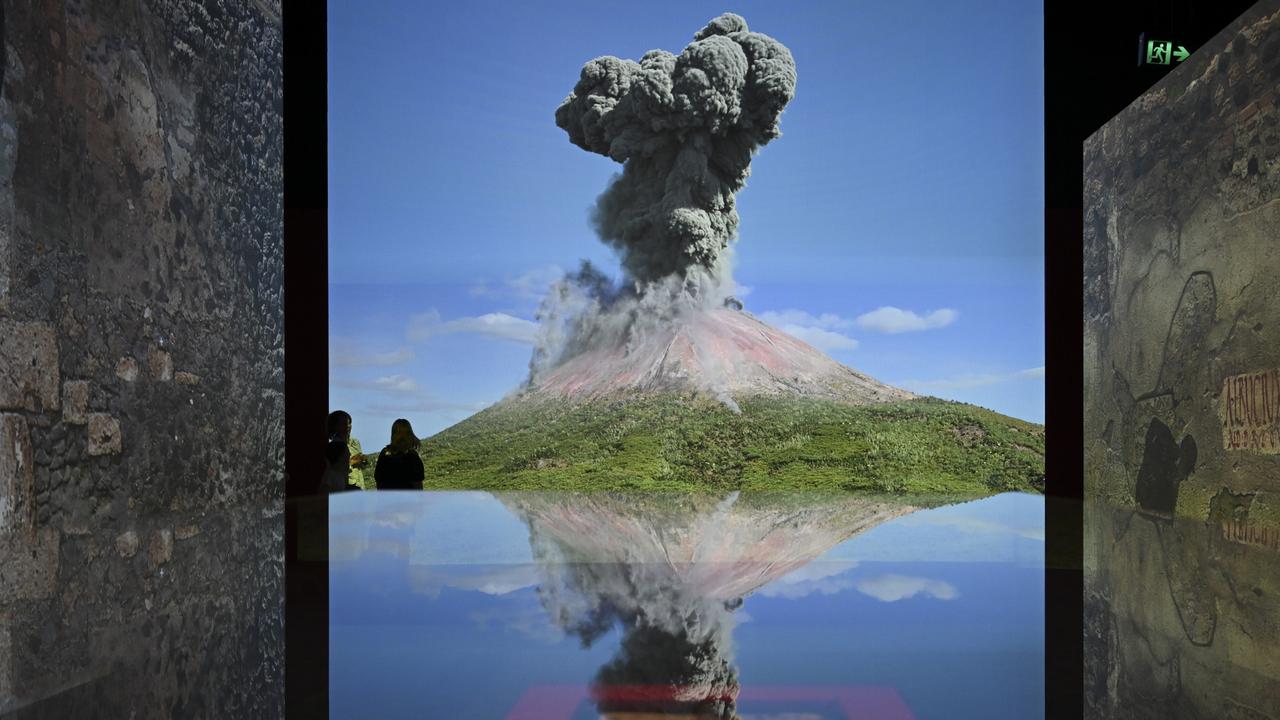
Many simply grabbed what they could and ran for the coast in the hope of finding a boat.
This family, however, chose to stay put, as new findings reveal.
The fiery ash and pumice quickly clogged the streets and rose up the walls. Then the weight of volcanic rock caused part of their home’s roof to collapse.
Four adults and the child retreated into a bedroom. There, they desperately sought to wedge a bed against the door to hold back the growing weight of rubble.
“They didn’t make it,” said Gabriel Zuchtriegel, director of the Archaeological Park of Pompeii. He’s overseeing an extensive new excavation of the city.
Pompeii
It was a playground for the rich and famous. A scenic sea change for Rome’s upwardly mobile and thriving community had grown around it to meet the exacting demands of the empire’s elites.
The year was 79AD.
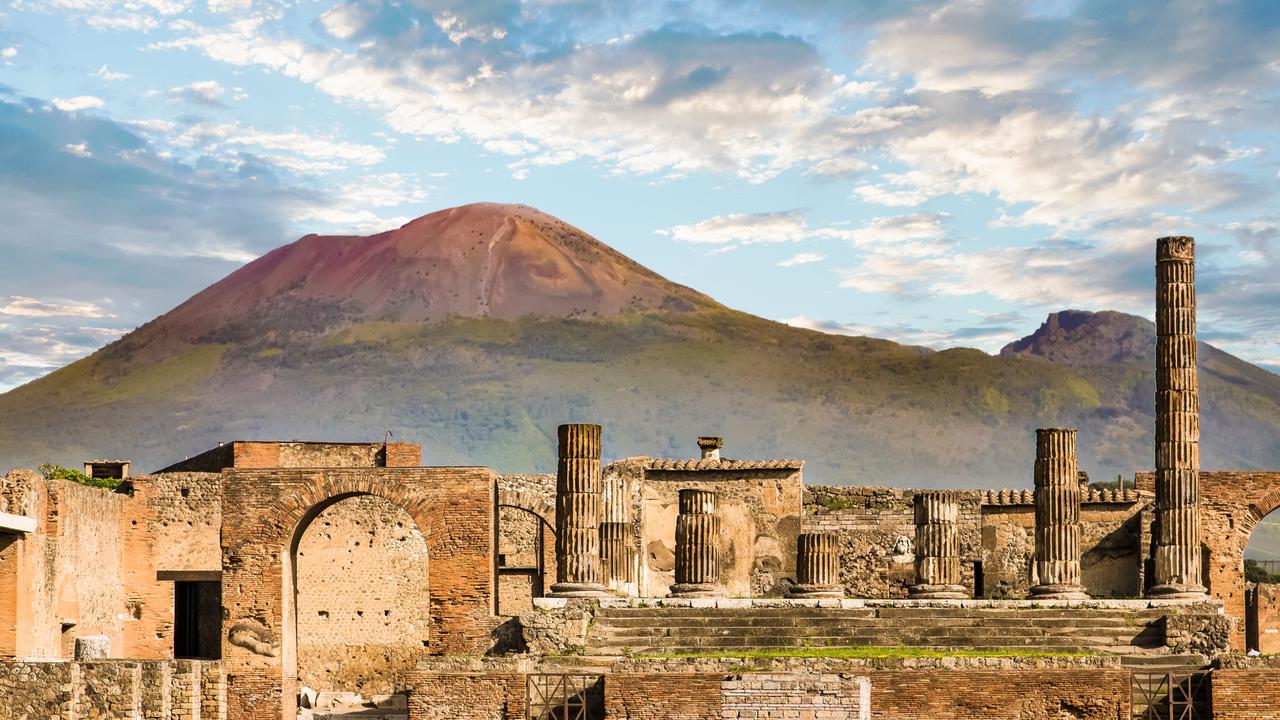
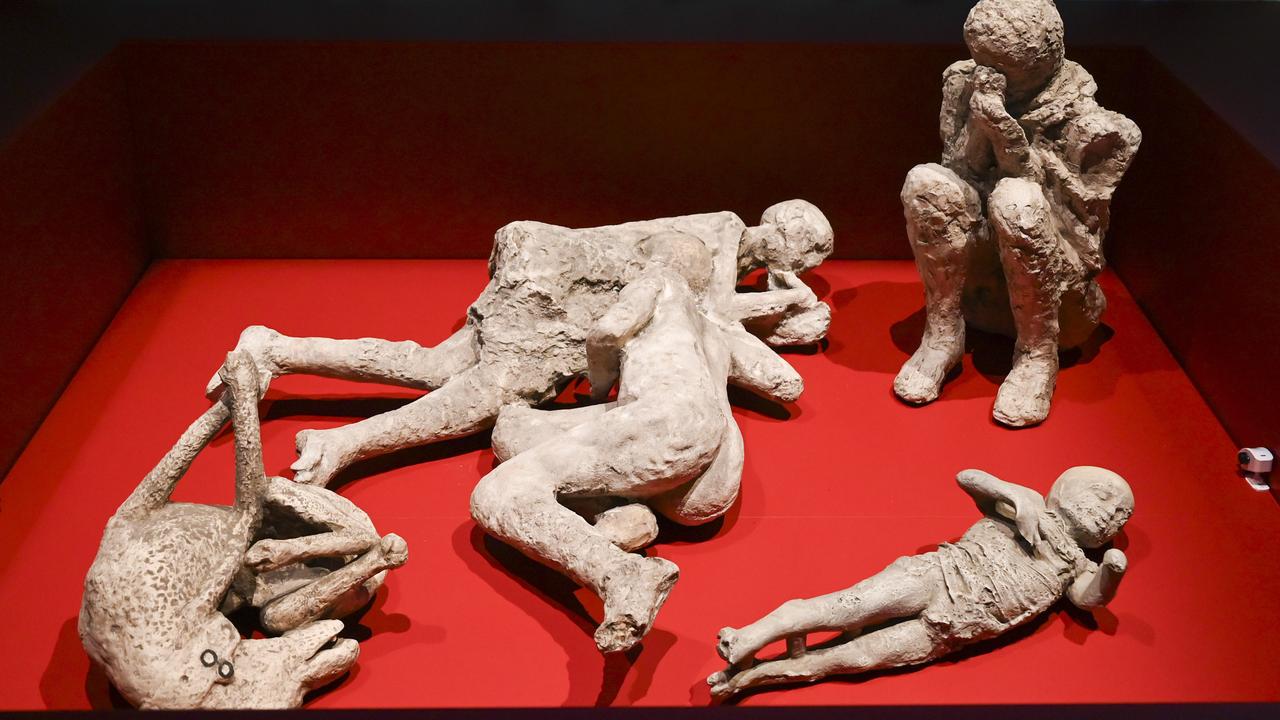
Emperor Titus Flavius Vespasianus had succeeded his father months earlier. Rome was at its heights of wealth, power and influence.
Then, the sudden disappearance of Pompeii and the nearby town of Herculaneum rocked the empire to its core.
However, the opulence and technical marvels of the towns they lived in have been flash-frozen in that moment.
For the past 250 years, archaeologists have marvelled at the well-preserved architecture, murals, furniture and technology buried there.
But the discovery of this family’s fight for survival has rammed home the human tragedy it represents.
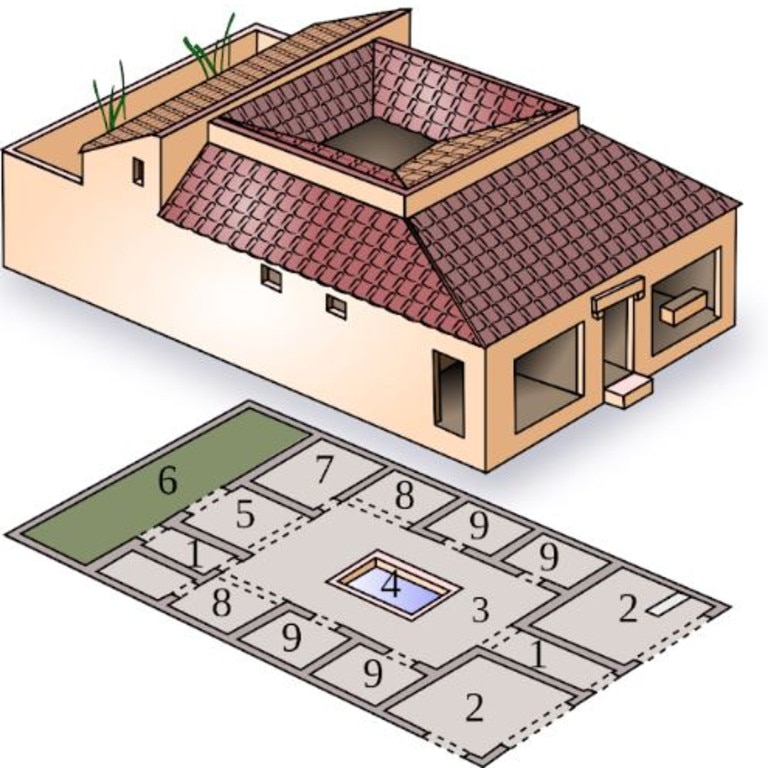
House of sacrifice
The address is a medium-sized townhouse (domus) on one of Pompeii’s main roads, the Via del Vesuvio.
It’s been dubbed the House of Phrixus and Helle after the colourful frescoes of the Greek mythological twins found on the walls of its dining room (triclinium).
The story of the youths is itself a tragedy.
Their minor goddess stepmother had ordered them to be sacrificed to end a drought, but their birth mother sent a winged ram to save them.
Helle, however, looked down and fell to her death in the sea below (the Hellespont). Phrixus survived, sacrificed the ram and took its golden fleece.
Given the quality and extent of the murals, the domus was almost certainly owned by high-status and socially active members of the Pompeii community.
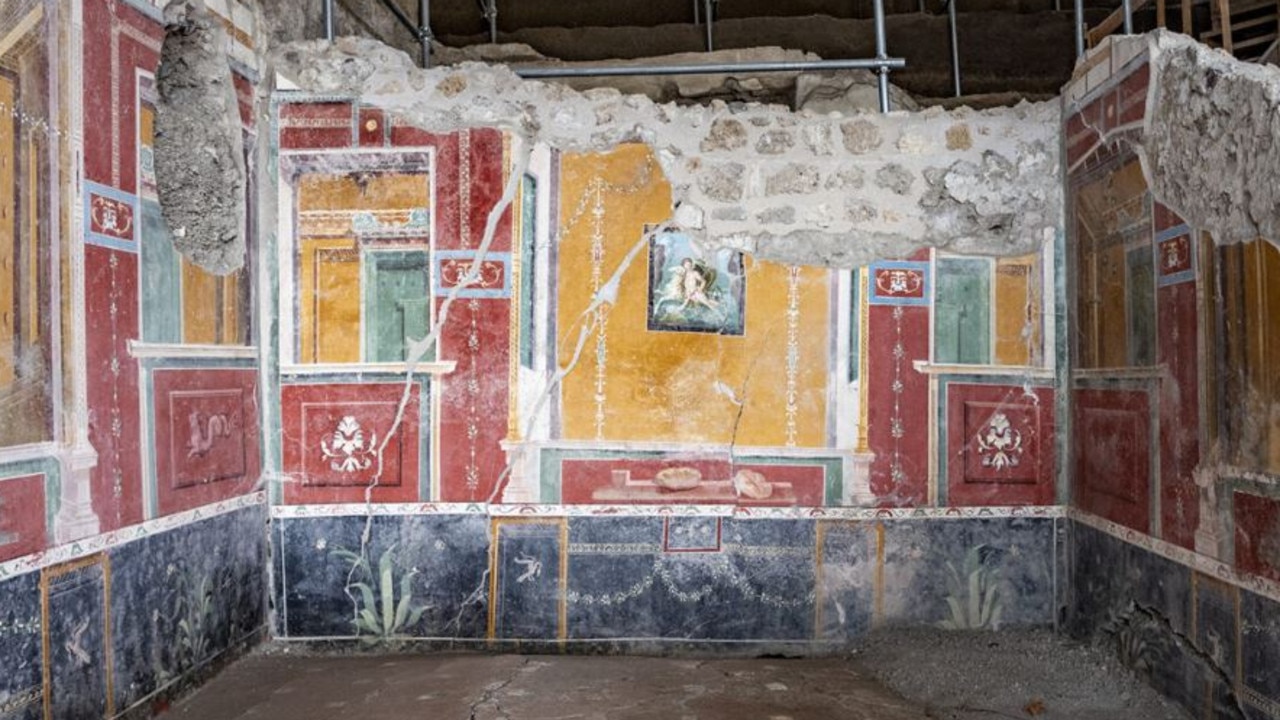

They lived in comfort and opulence. The house’s central courtyard (atrium) had a rainwater basin (impluvium).
The kitchenware is made of finely shaped bronze and several amphorae hold the remains of a Roman luxury - fermented fish sauce (garum).
The sturdy timber bed, however, could not save the family.
“Finally, the pyroclastic flow arrived — a violent wave of scorching ash that filled every room,” Zuchtregel explained.
Their desperate bid to survive was revealed when archaeologists poured plaster into a void left by the bed’s decomposed timbers in the baked earth.
The remains of at least four adults were found nearby. A bronze amulet (bulla) found with a fifth body is of a type worn by male children before they came of age.
Two of the victims were found huddled together, backed up against one of the bedroom’s opulently painted walls.
“To excavate Pompeii and visit it means confronting the beauty of art but also the fragility of our lives,” Zuchtregel added.
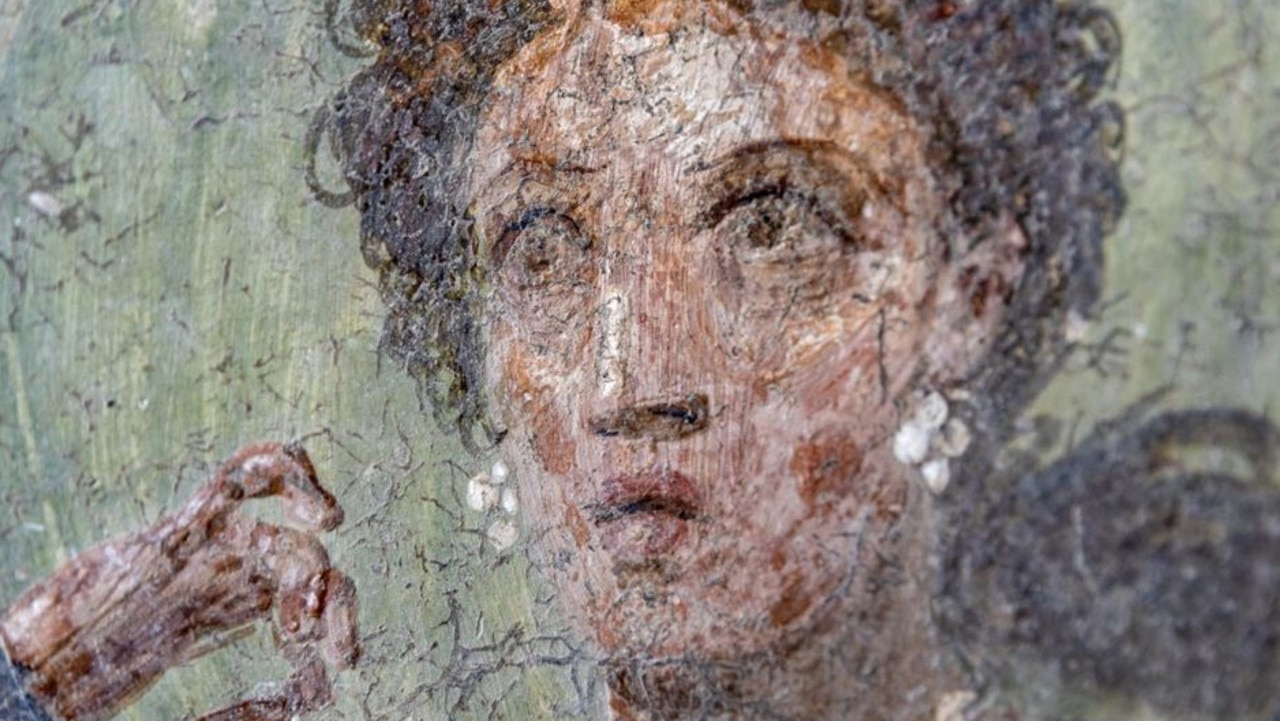

Struggle for survival
Pompeii is no Atlantis. Details of the tragedy were burnt into history by those who observed and survived the eruption.
Seventeen-year-old Pliny the Younger was visiting the town of Misenum, across the Bay of Naples from the eruption, with his family at the time.
His letters detailing the exploits of his uncle have survived through the centuries. Pliny the Elder, a naval commander, was killed by noxious pyroclastic fumes as he led an emergency evacuation by sea.
Pompeii alone is believed to have been inhabited by about 20,000 people. Most escaped.
But archaeologists estimate that about 2000 lingered too long, or decided to ride the disaster out.
There were warning signs, but these may not have been understood.
The House of Phrixus and Helle is alongside a larger villa dubbed the House of Leda.
It’s also covered with exotic frescoes - most famously one of the Spartan Queen Leda and the god Zeus disguised as a Swan.
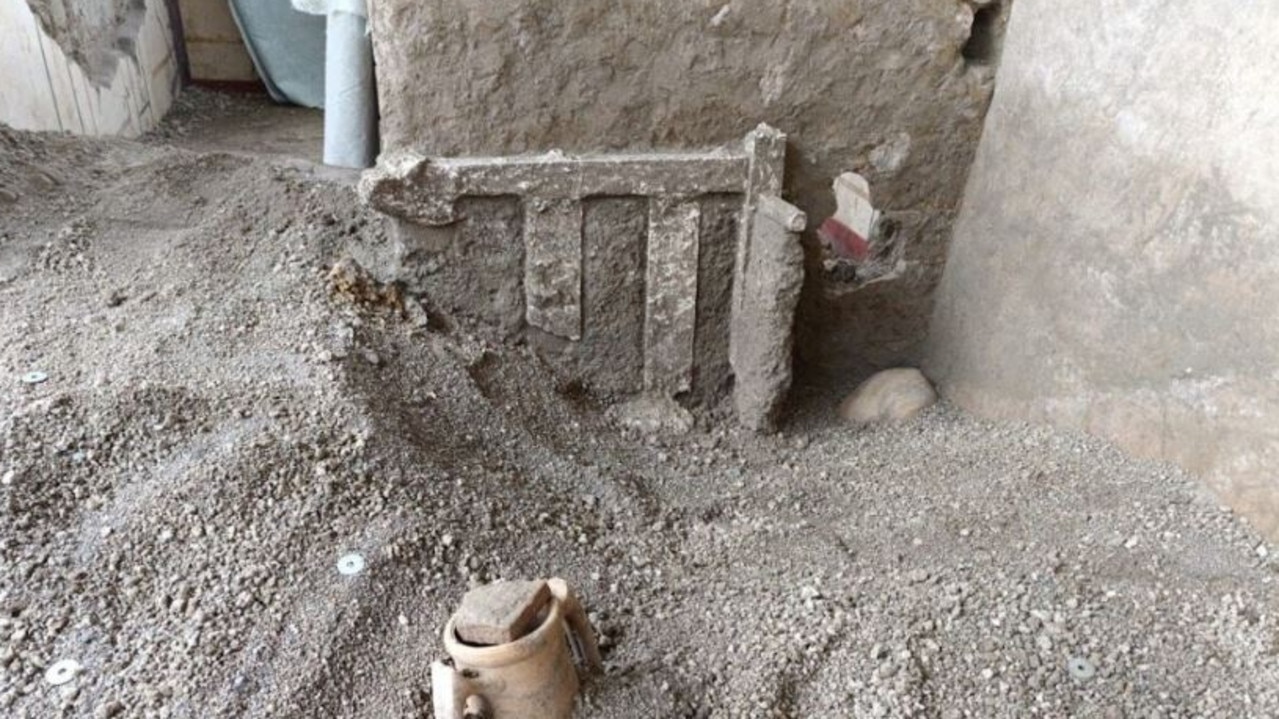
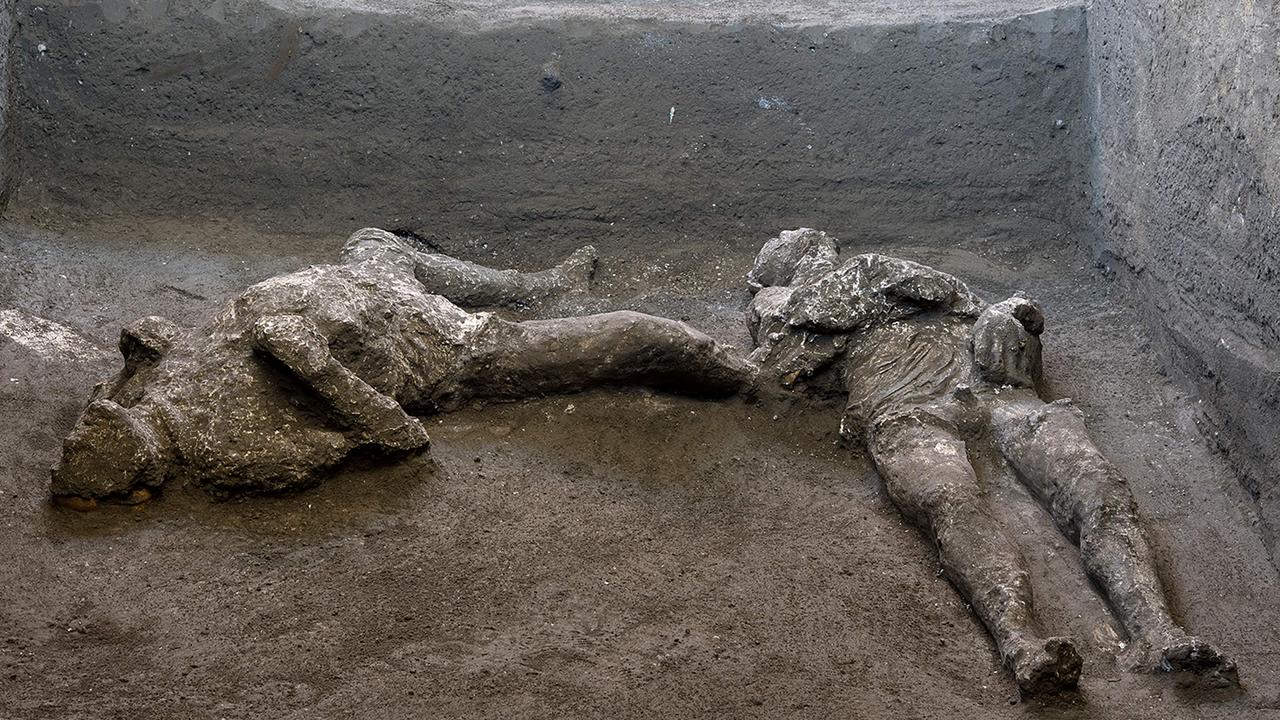
Both buildings were being renovated at the time of the eruption.
Archaeologists believe this is evidence that the region had been hit by a series of damaging earthquakes in the months before Vesuvius erupted.
Now the buildings face a new threat.
Their excavation is part of a recent emergency archaeological effort. Moisture is seeping through the volcanic rock from nearby illegal housing developments, which is eating away at the ancient remains.
About two-thirds of Pompeii has been excavated.
But the race is on to uncover and preserve a buried neighbourhood of some 1070 Roman homes containing about 13,000 rooms while we still can.
Jamie Seidel is a freelance writer | @jamieseidel.bsky.social





